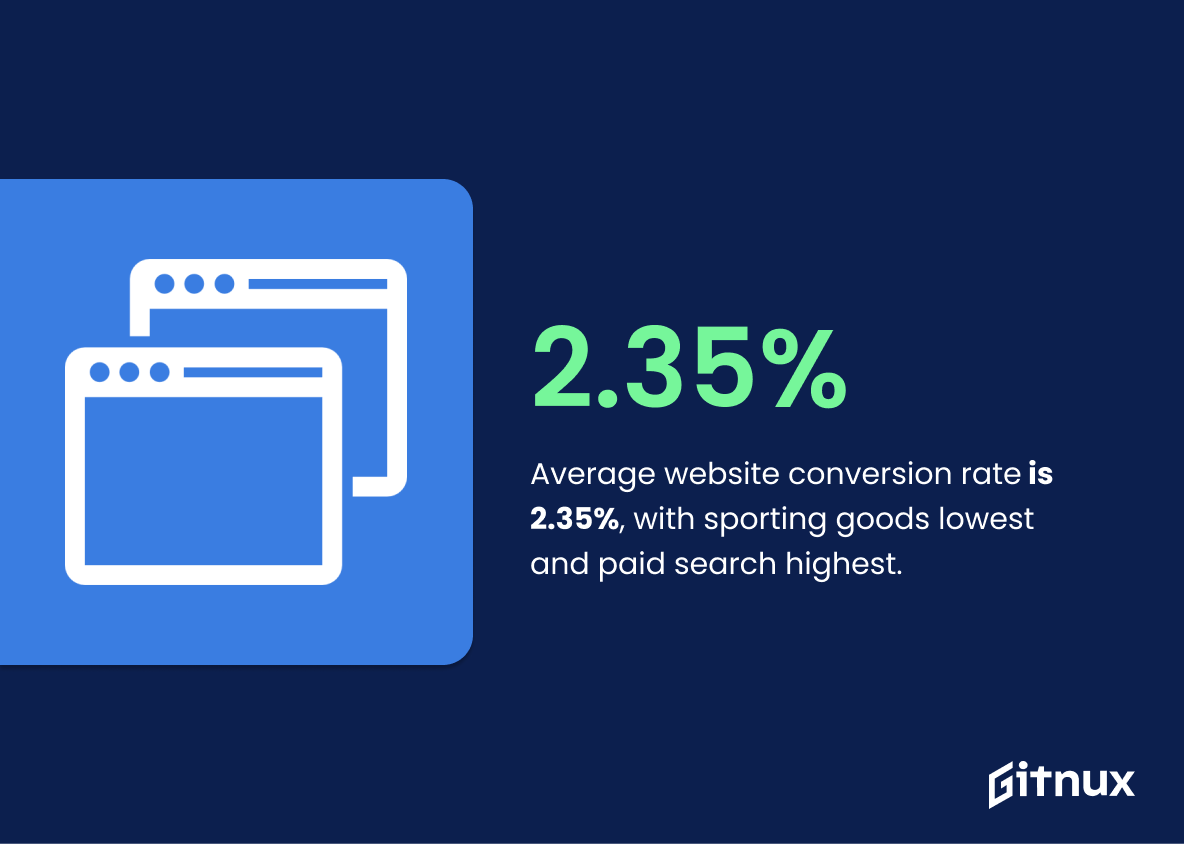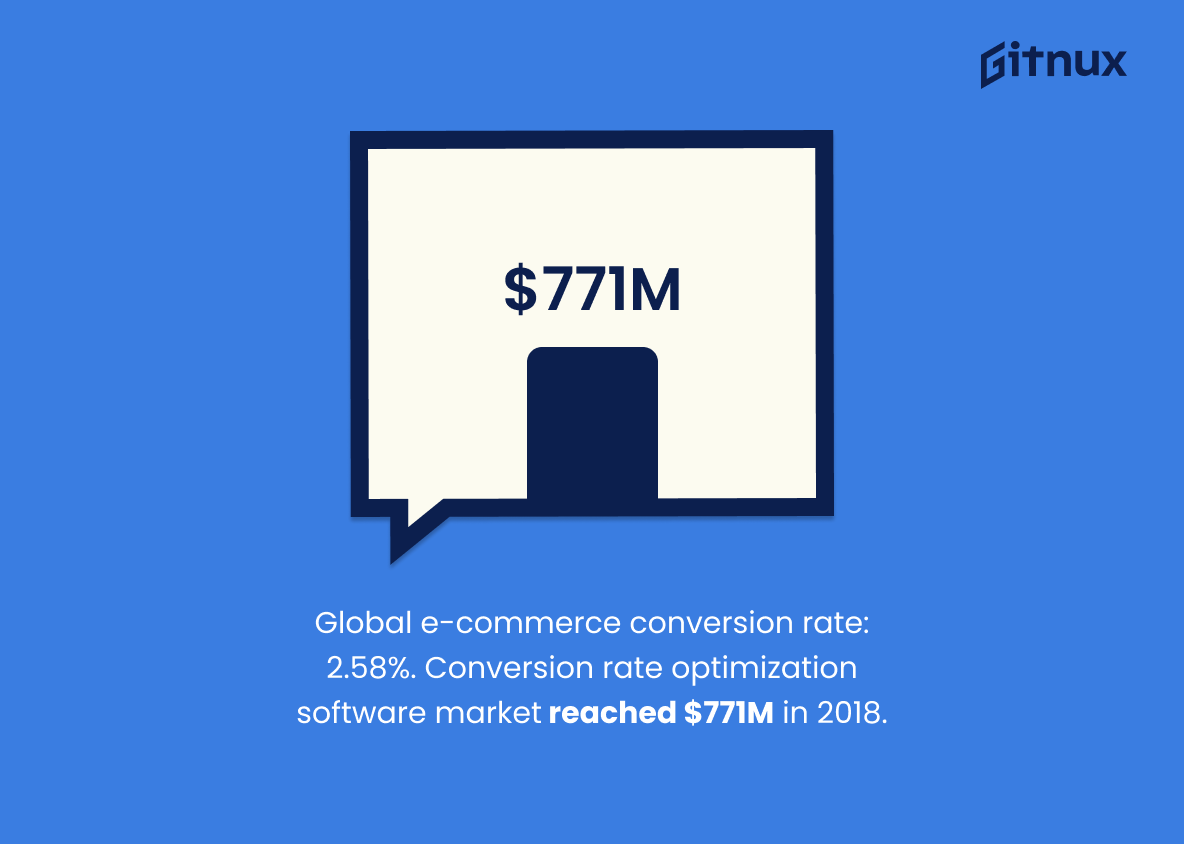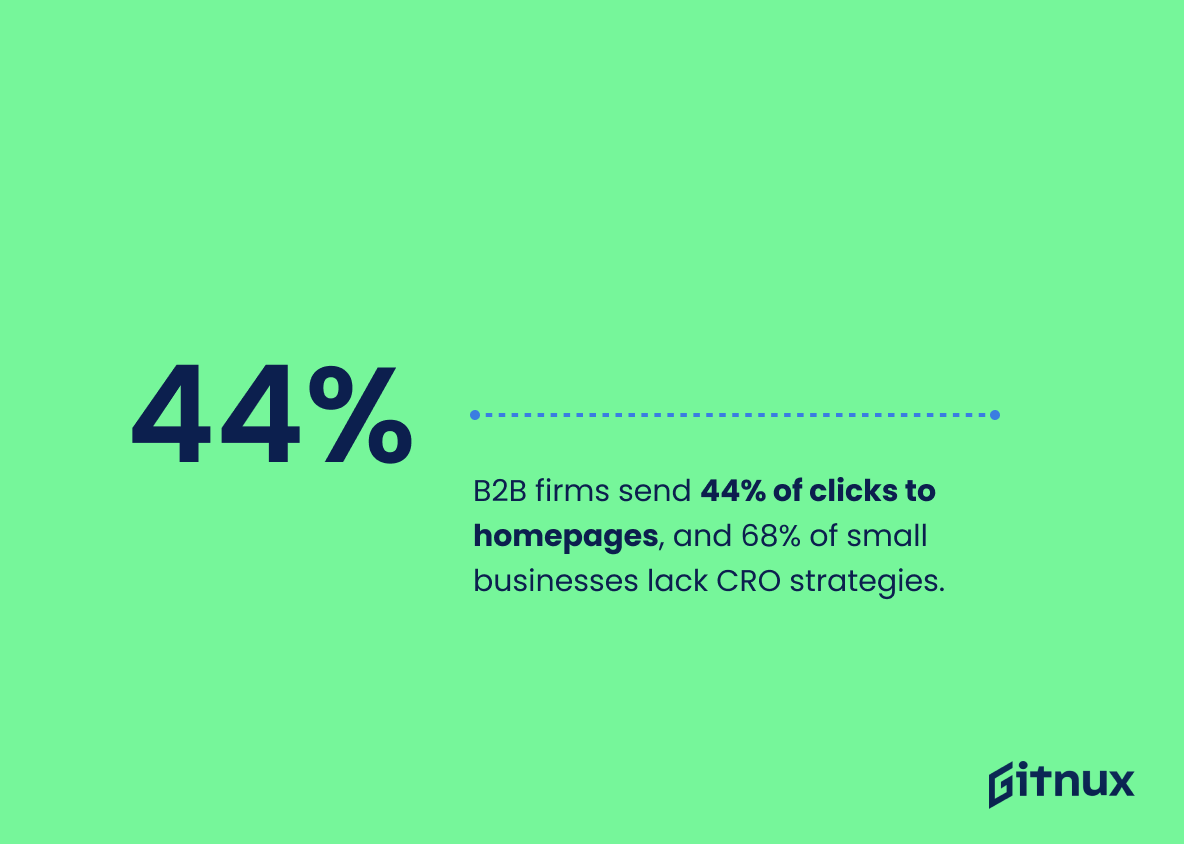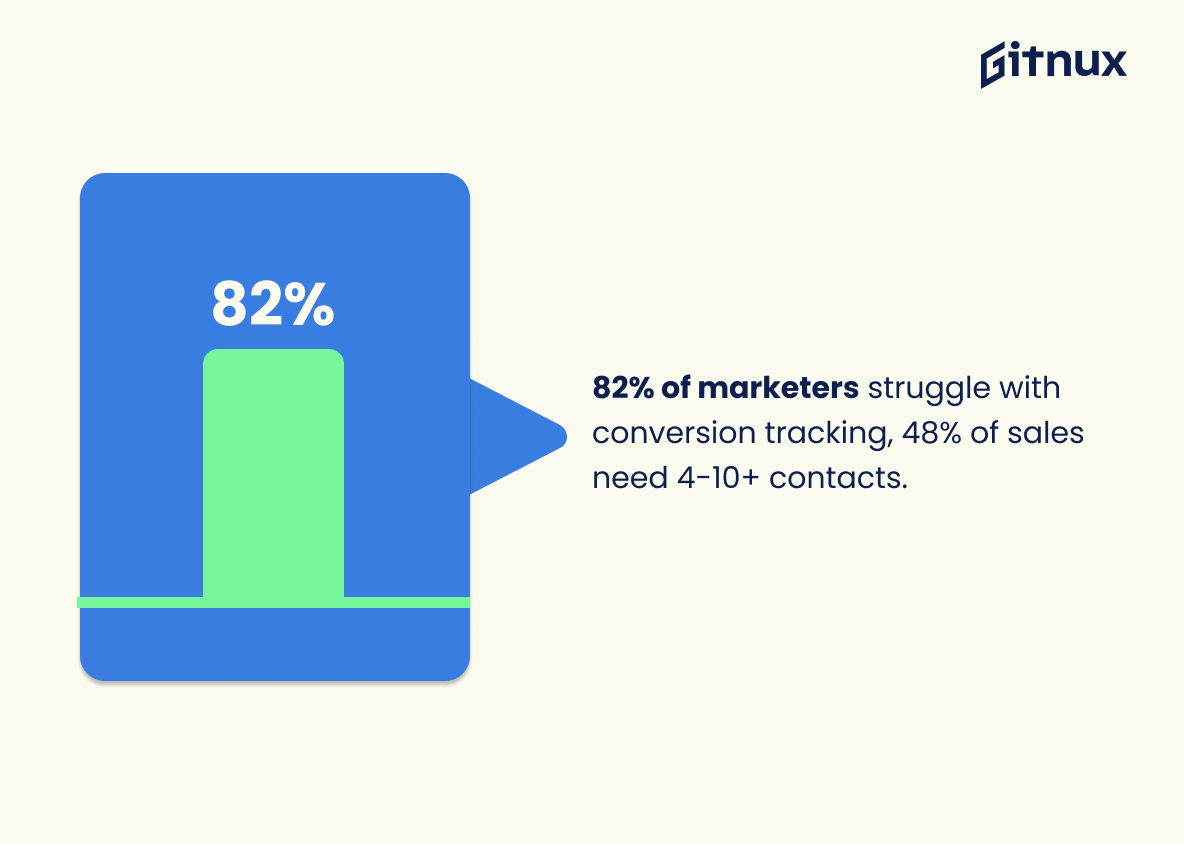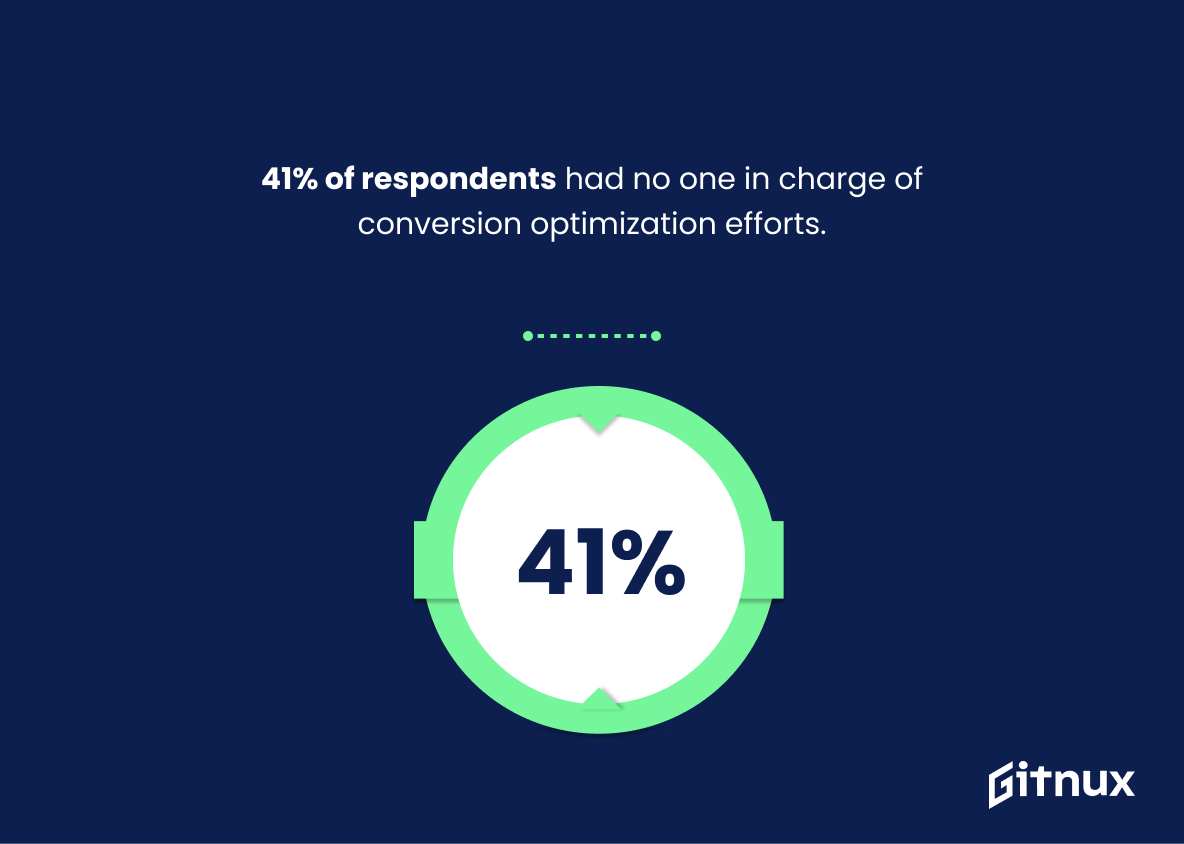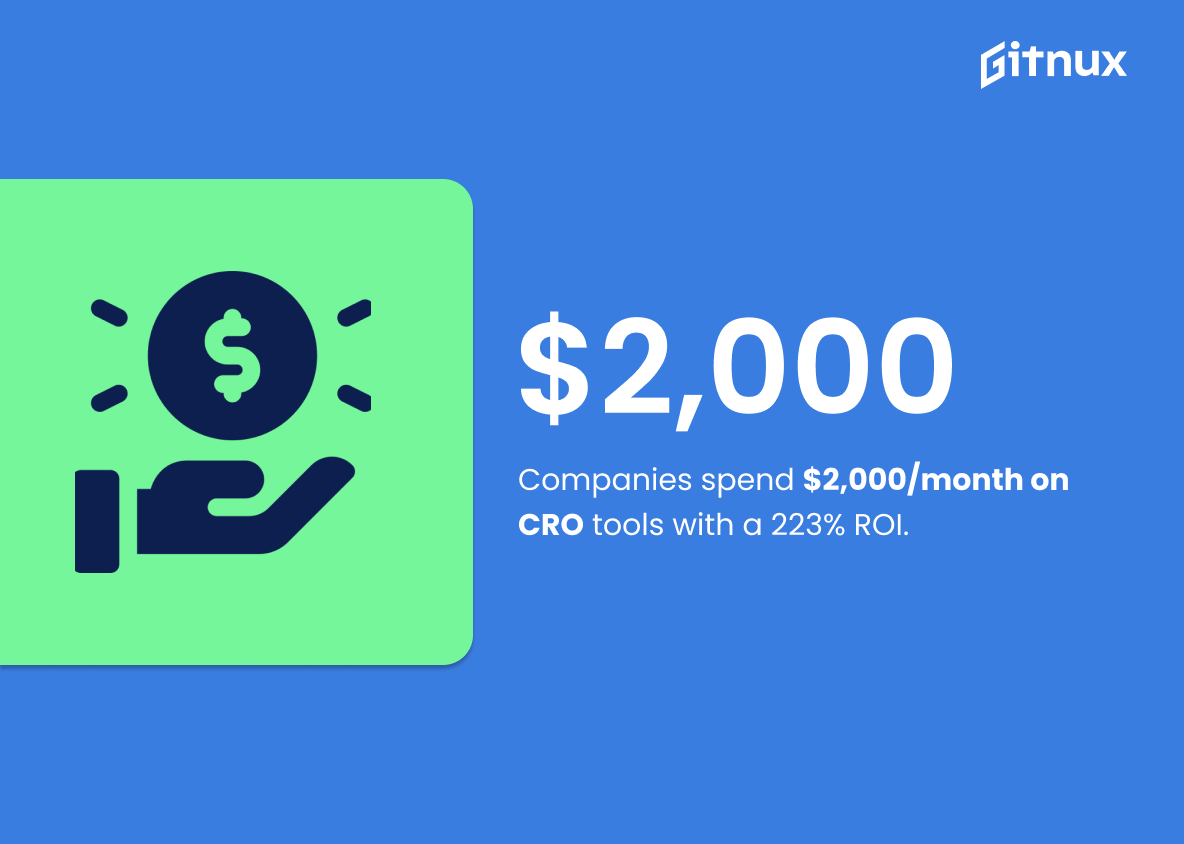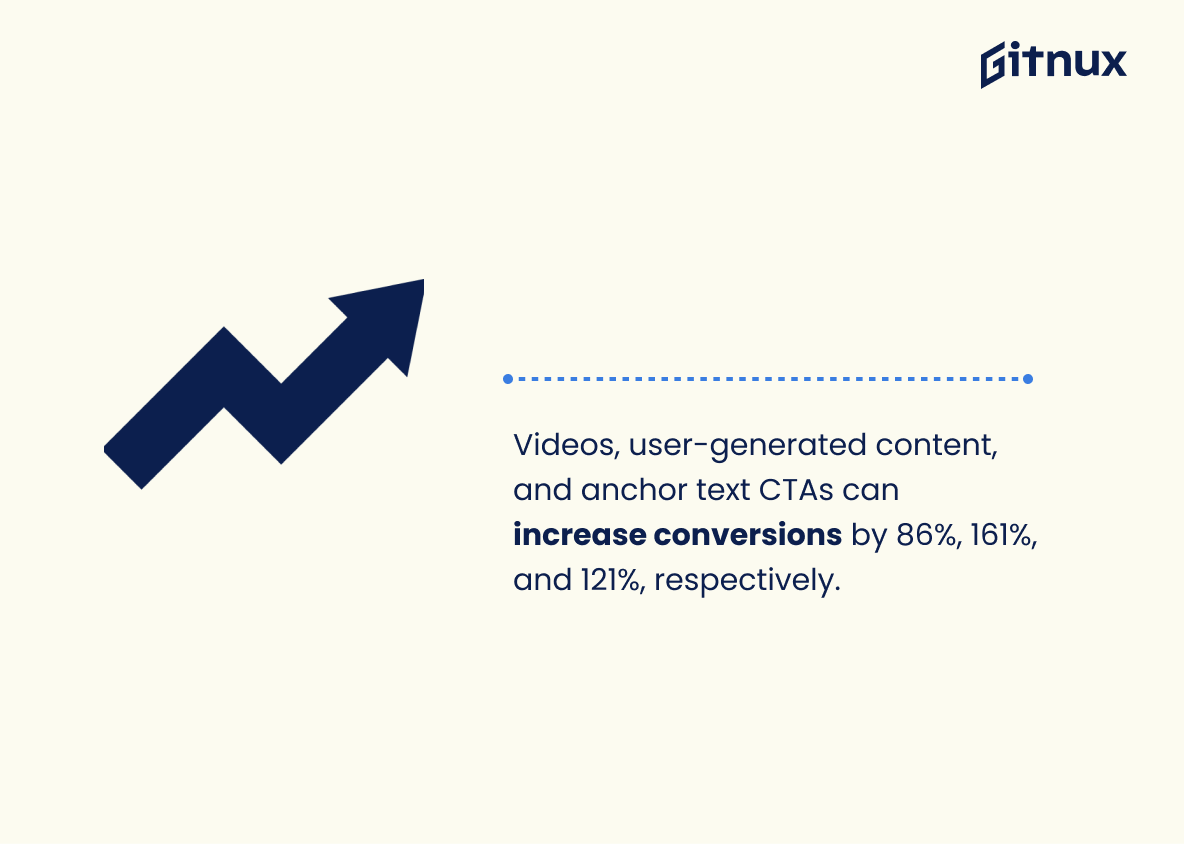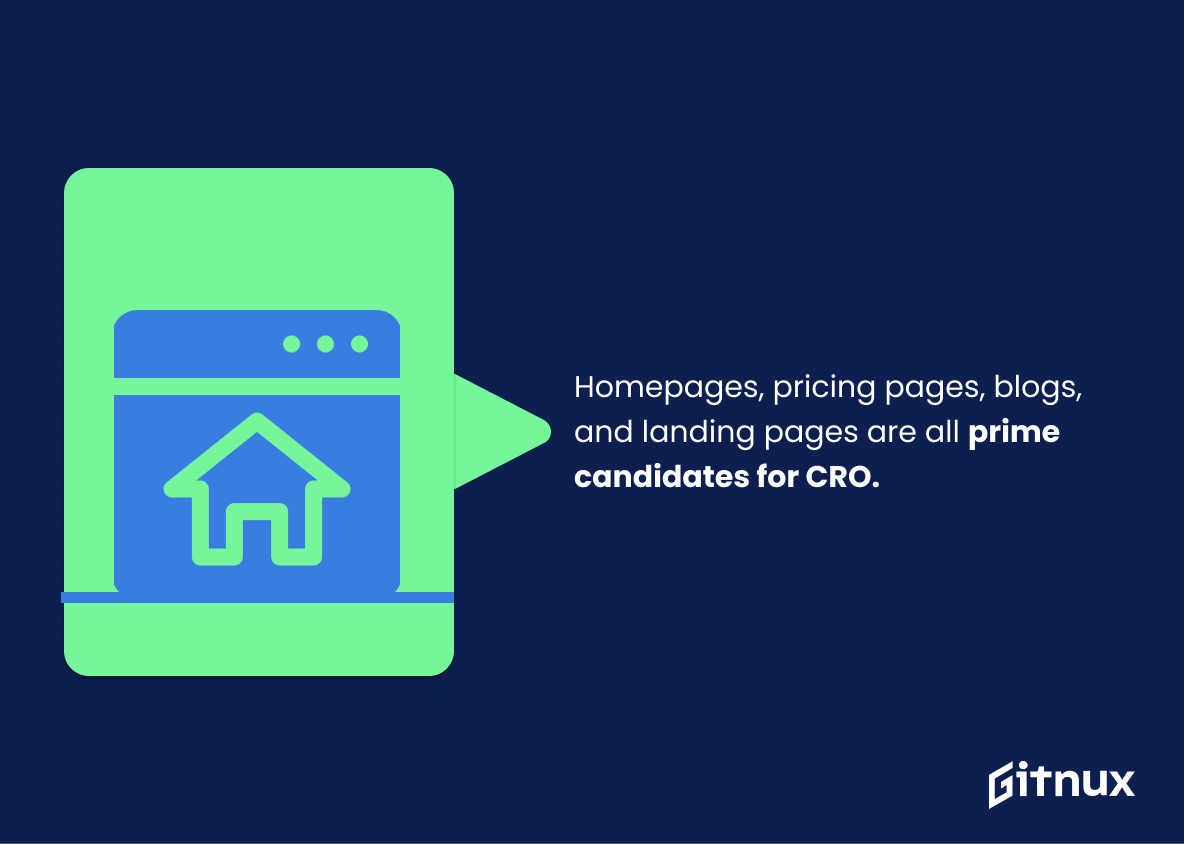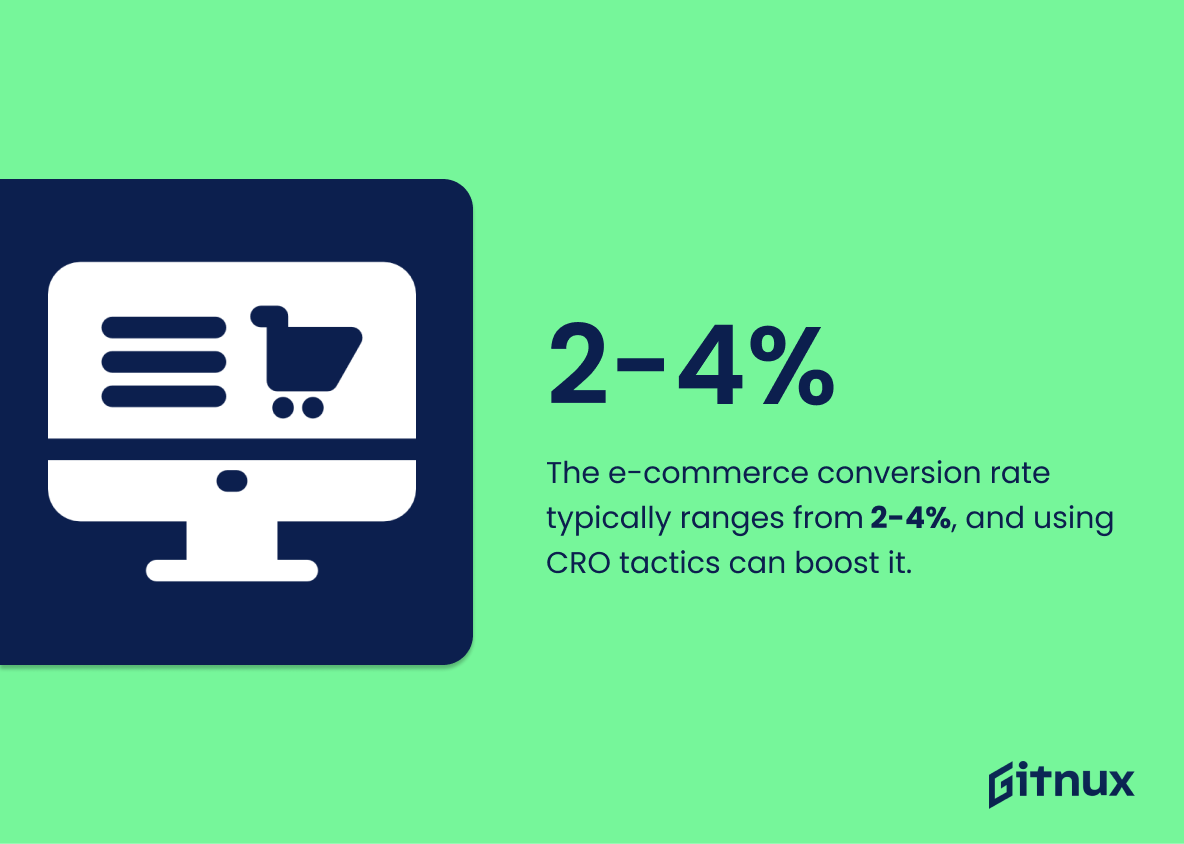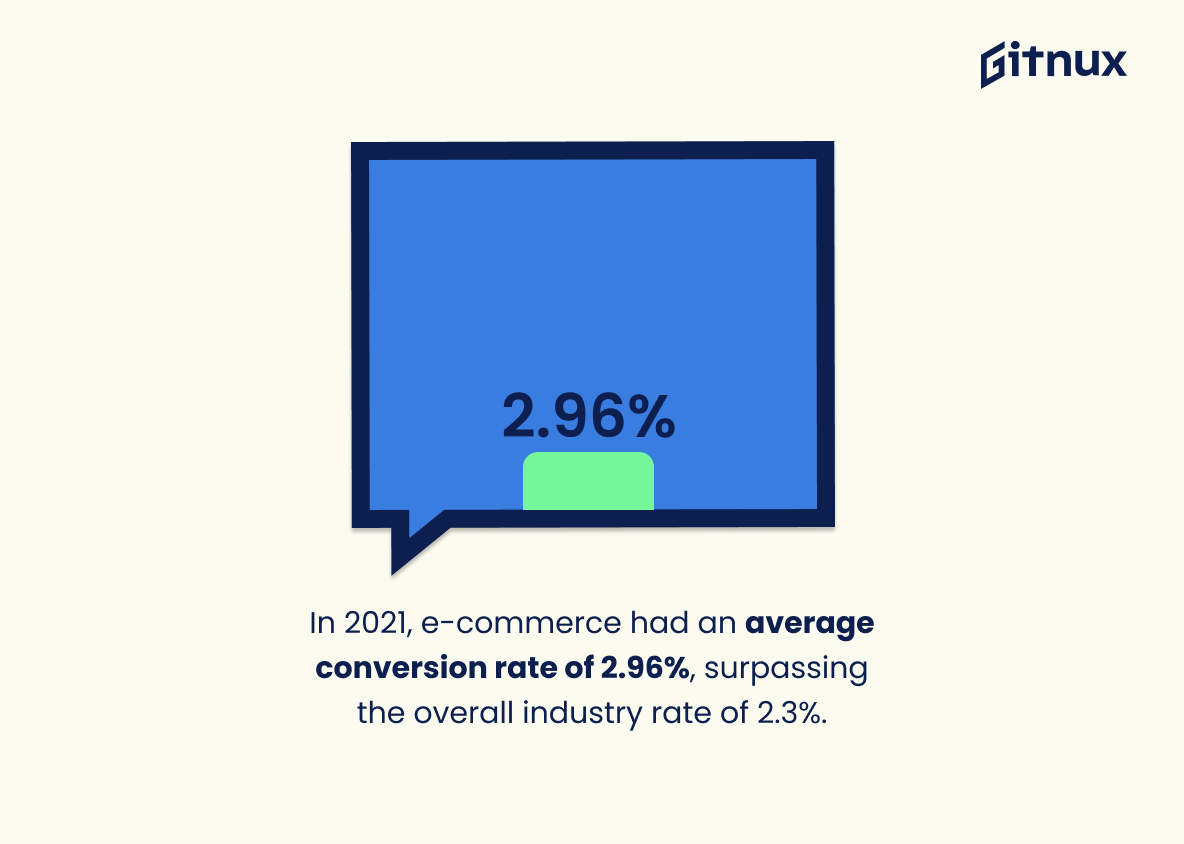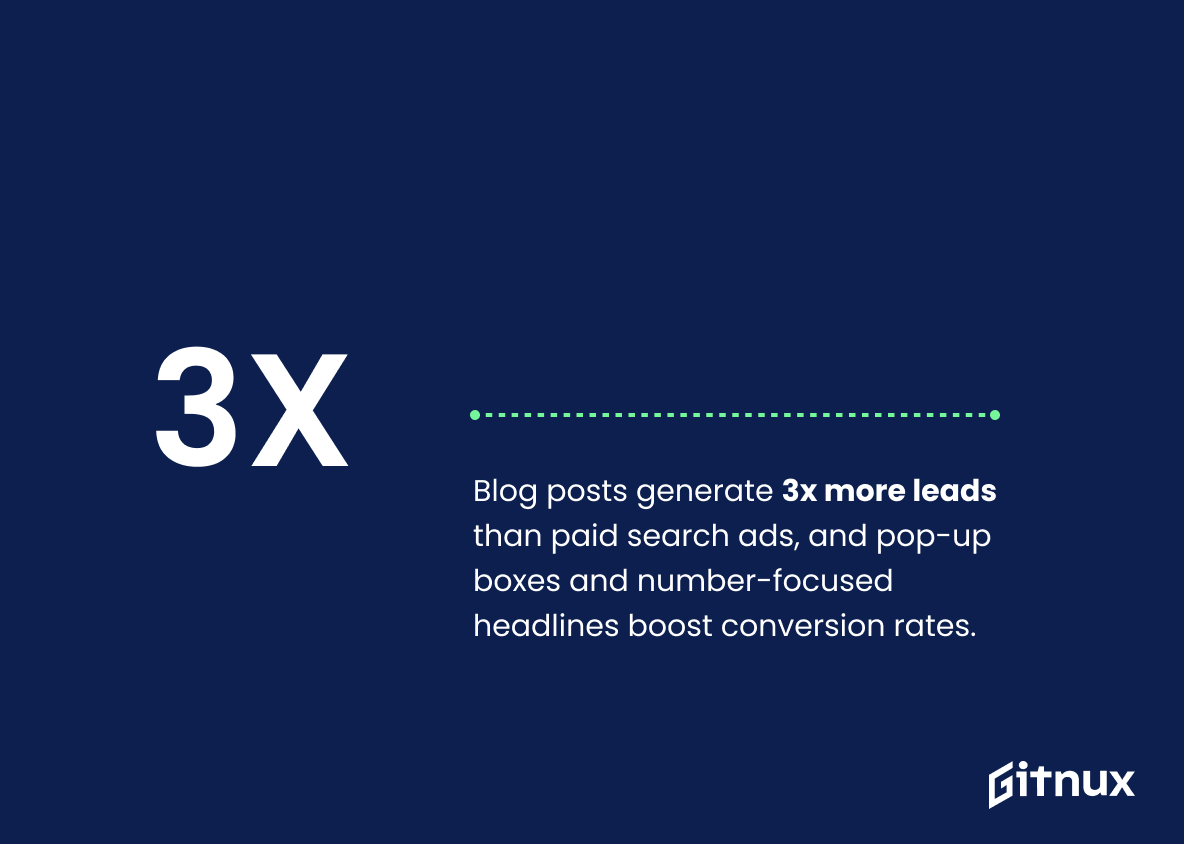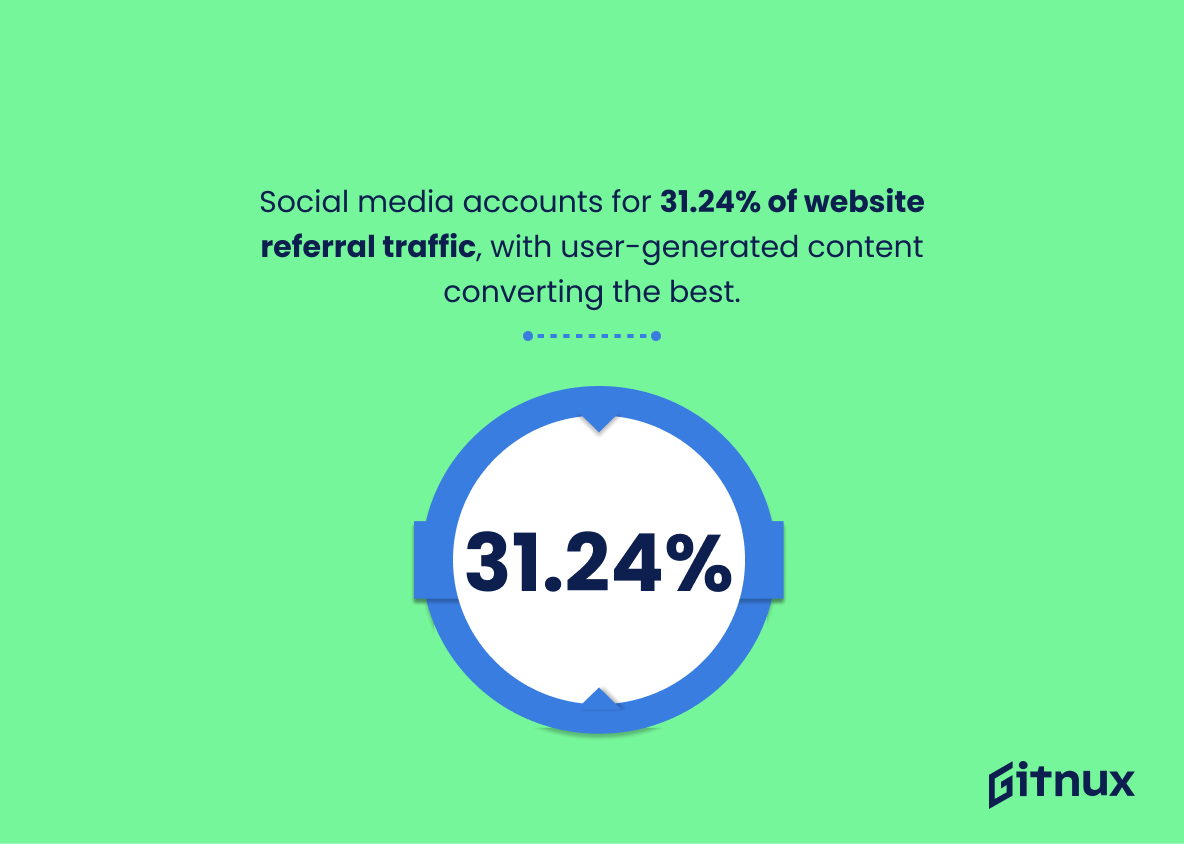Are you looking to increase your website’s conversion rate? If so, you’ve come to the right place. In this blog post, we’ll be discussing the latest conversion rate optimization statistics and how they can help you improve your website’s performance.
We’ll be exploring the most important metrics to track, the most effective tactics for increasing conversions, and the biggest challenges faced by businesses when it comes to improving their conversion rates. By the end of this article, you’ll have a better understanding of how to maximize your website’s potential and get the most out of your online marketing efforts.
Conversion Rate Optimization: Most Important Statistics
44% of clicks for B2B firms are directed to the homepage instead of a dedicated landing page, while 68% of small businesses have not adopted CRO strategies.
41% of respondents had no one in charge of conversion optimization efforts.
Conversion Rate Optimization: Statistics Overview
The average website conversion rate is 2.35%, with sporting goods having the lowest average eCommerce conversion rate by industry and paid search having the highest average conversion rate by traffic source.
This is important for Conversion Rate Optimization as it provides insight into which industries and traffic sources are most successful in converting visitors to customers.
The global conversion rate for e-commerce is 2.58%, and the market for conversion rate optimization software is estimated to be 771 million USD in 2018 and is expected to grow by 10% by 2026.
Although traditional shopping is still the most favored option among buyers, the popularity of online shopping is increasing, and the market for conversion rate optimization software is expected to grow significantly in the next few years.
This indicates that businesses should invest in conversion rate optimization software to maximize their online sales and stay competitive in the market.
44% of clicks for B2B firms are directed to the homepage instead of a dedicated landing page, while 68% of small businesses have not adopted CRO strategies.
Many businesses are not taking advantage of the potential benefits of CRO strategies.
By directing clicks to a dedicated landing page, businesses can increase their chances of converting customers and improving their overall ROI. Additionally, the statistic highlights the importance of small businesses adopting CRO strategies in order to stay competitive.
82% of marketers find tracking and testing conversion rates to be challenging, 48% of sales take place after 4-10 contacts or more, and 40% of visitors leave a website if it takes 3 seconds to load.
This highlights the importance of understanding the challenges that businesses and marketers face when it comes to optimizing their conversion rates.
It also emphasizes the importance of working on website loading speeds and the number of contacts needed to make a sale. This information can help businesses and marketers make informed decisions about their strategies and tactics to improve their conversion rates.
41% of respondents had no one in charge of conversion optimization efforts.
There is a lack of organizational structure and processes in place to effectively implement conversion optimization.
Without someone in charge of the process, it is difficult to ensure that the necessary resources are allocated and that the goals of conversion optimization are being met. This can lead to a lack of progress and success in conversion rate optimization efforts.
Companies are spending an average of $2,000 a month on CRO tools with an average ROI of 223%, and the global CRO software market is projected to reach $1,932 million by 2026.
The potential for significant ROI from investing in CRO tools and services, and the growth of the CRO software market indicates that more and more companies are recognizing the value of CRO and investing in it.
This suggests that companies who are not engaging in CRO could be missing out on potential revenue and competitive advantages.
Companies experience a 55% increase in leads when they increase their landing pages from 10 to 15, and brands with more than 40 landing pages receive 12 times more leads than those with 1-5 landing pages, with an average opt-in rate of 1.95%.
The value of increasing landing pages and the number of leads that can be generated from CRO. This can help businesses and marketers understand the importance of having more landing pages in order to increase their conversion rate and achieve their marketing goals.
Videos, user-generated content, and anchor text CTAs can increase conversions by 86%, 161%, and 121%, respectively.
These statistics are important for Conversion Rate Optimization (CRO) because they provide insight into which strategies are most effective for increasing conversions. Knowing which strategies are most effective can help marketers optimize their marketing materials and website pages to generate more conversions.
Homepages, pricing pages, blogs, and landing pages are all prime candidates for Conversion Rate Optimization (CRO).
There are multiple opportunities to increase conversions, and different strategies will be needed for each.
In the first quarter of 2019, 4.01% of eCommerce conversions were from desktops, 3.54% from tablets, and 1.88% from mobile devices.
This matters in the context of Conversion Rate Optimization because it highlights the importance of having a mobile-responsive website to ensure that visitors can easily check out, no matter the device they use.
It shows that the average e-commerce conversion rate is between 2-4%, and investing in Conversion Rate Optimization tactics can help increase this rate.
This is important because it can help businesses increase sales and revenue.
The average conversion rate across sectors within eCommerce in 2021 was 2.96%, higher than the conversion rate across all industries (2.3%).
This data is important for Conversion Rate Optimization Statistics as it provides insights into the effectiveness of different devices for eCommerce purchases, and actionable tips to help reach conversion goals.
It shows that blog posts can generate 3x more leads than paid search advertising, and that using a pop-up box and headlines with numbers can increase the conversion rate.
This as it provides a cost-effective way to increase conversions and leads.
80% of blog readers don’t read past the first heading, 36% prefer headlines with numbers, 1375% increase in subscribers with pop-up boxes, and 99% increase in lead generation and 87% increase in blog post conversion rates with optimized CTAs.
Small changes to the headline, such as including numbers, can have a big impact on readership and engagement.
Additionally, the use of pop-up boxes and optimizing CTAs can lead to a significant increase in lead generation and blog post conversion rates.
It shows that social media drives 31.24% of referral traffic to websites, and user-generated content has the highest conversion rate.
This is important for Conversion Rate Optimization, as it encourages users to share images and videos of their favorite brands, and 37% of users use social media as inspiration before purchasing. Additionally, blog posts can get 3 times more leads than paid search advertising.
Conclusion
Conversion rate optimization is an important part of any digital marketing strategy. By understanding the statistics and trends associated with conversion rate optimization, businesses can make informed decisions about how to optimize their websites and increase their conversion rates.
By leveraging the right tools and strategies, businesses can maximize their conversion rates and increase their profits. With the right approach, businesses can use conversion rate optimization to their advantage and improve their bottom line.
References
1 – https://startupbonsai.com/conversion-rate-optimization-statistics/
2 – https://www.notifyvisitors.com/blog/conversion-rate-optimization-statistics/
3 – https://www.notifyvisitors.com/blog/conversion-rate-optimization-statistics/
4 – https://www.notifyvisitors.com/blog/conversion-rate-optimization-statistics/
5 – https://vwo.com/blog/5-conversion-rate-optimization-challenges/
6 – https://www.truepush.com/blog/challenges-in-conversion-rate-optimization/
7 – https://www.notifyvisitors.com/blog/conversion-rate-optimization-statistics/
8 – https://startupbonsai.com/conversion-rate-optimization-statistics/
9 – https://blog.hubspot.com/marketing/conversion-rate-optimization-guide
10 – https://www.monsterinsights.com/conversion-rate-optimization-stats-show-what-youve-been-missing/
11 – https://popupsmart.com/blog/ecommerce-conversion-rate
12 – https://contentsquare.com/blog/ecommerce-conversion-rate/
13 – https://www.monsterinsights.com/conversion-rate-optimization-stats-show-what-youve-been-missing/
14 – https://userguiding.com/blog/conversion-rate-optimization-statistics-trends/
15 – https://www.monsterinsights.com/conversion-rate-optimization-stats-show-what-youve-been-missing/
